Lafayette’s earliest grammar school was built in the 1850’s by Benjamin Shreve, the town’s first teacher. The building was on Golden Gate Way between First and Second Streets. This photo, taken at a community dance party held when the building was no longer used as a school, is probably from the 1880’s.
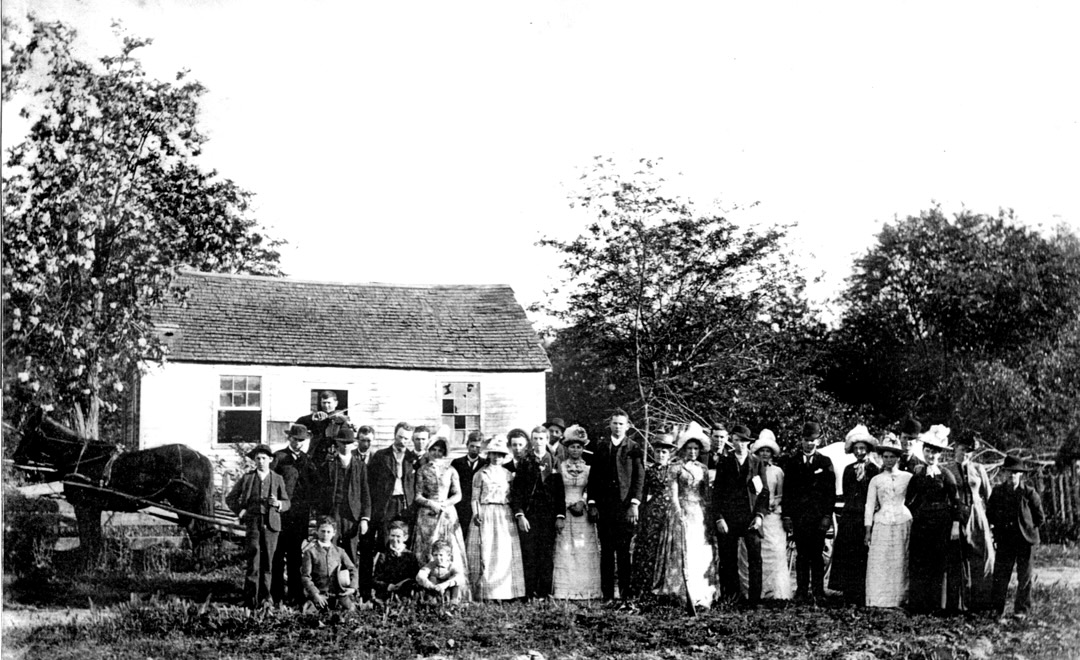
Lafayette reputedly had the first school in what is now Contra Costa County, although that claim is contested by San Ramon (then known as Limerick) where a school also opened in the early 1850’s.
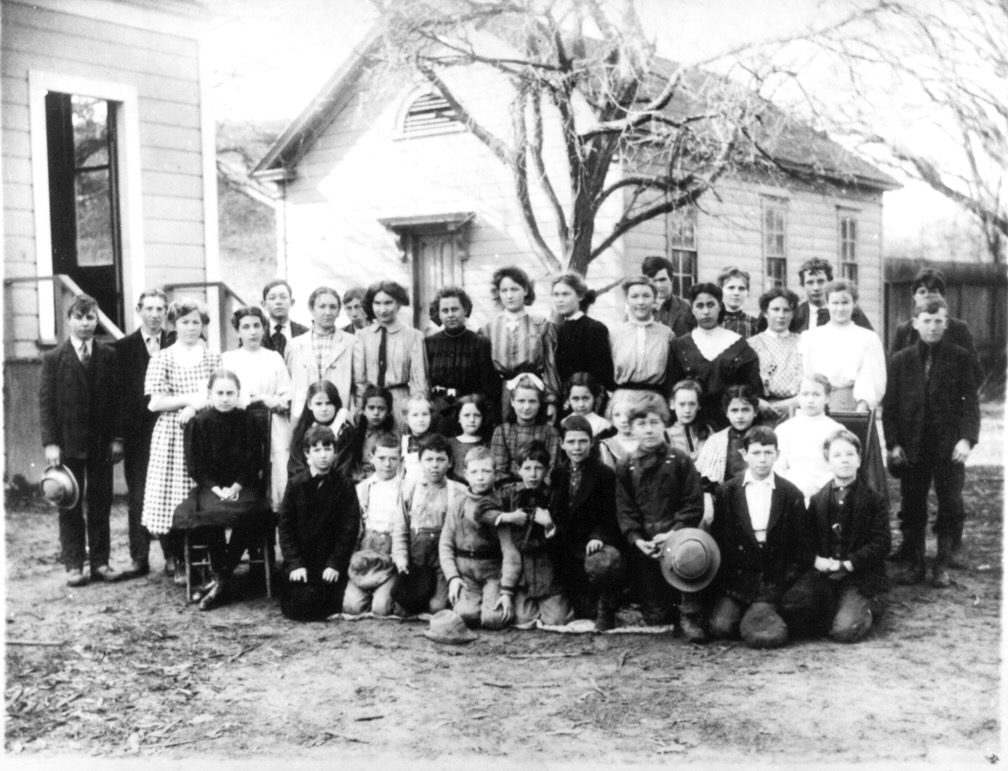
On November 14, 1868, local citizens voted a tax levy totaling $1,000.00 to build a new school. (Sixteen residents voted yes and three said no.) As a result, the second school was established on Moraga Road (on the present Methodist Church property) in 1871. The land was purchased from Elam Brown’s son, Laurence, for $410, and the school was built for $825.00. In this picture of the 1910 student body, a corner of a newer (third) school shows at the left. The second school building was sold and moved in 1927 to 3535 Mt. Diablo Boulevard where it is still in use.
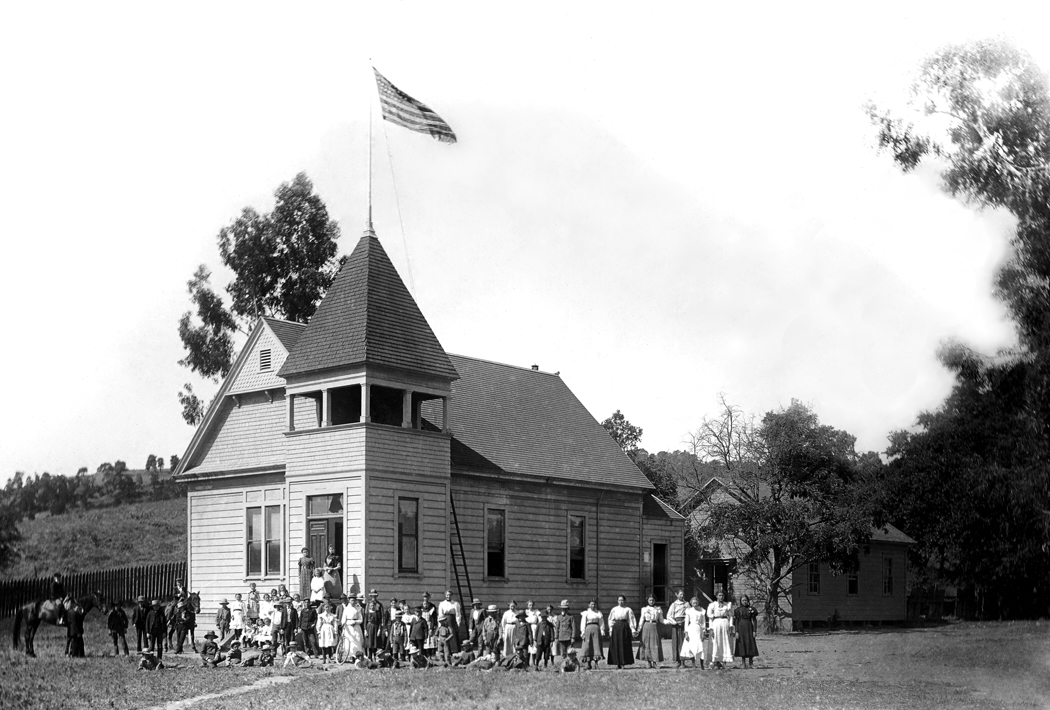
School number three was erected in 1893 in front of the second school on Moraga Road after an effort to buy a new site was defeated. A special tax of $2000 was levied to finance the structure. Here, the pupils and teachers posed in 1899. The school still exists as the south end and belfry of the Methodist Church which now occupies the old school site. School number two, which was moved to Mt. Diablo Boulevard in 1927, can be seen in the background.
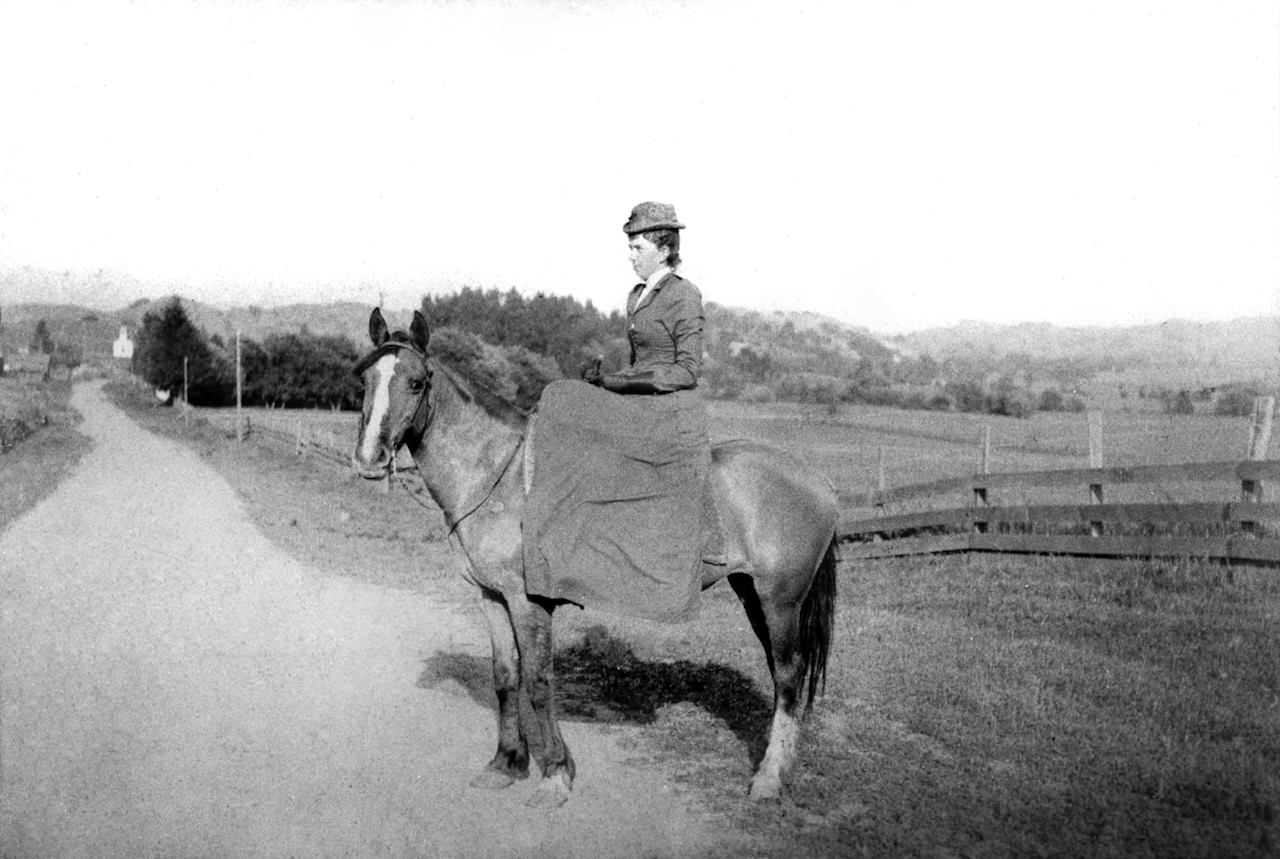
Lafayette’s best known pioneer teacher was Jennie Bickerstaff, who taught in the third school from 1899 to 1902. Here, on her horse, Topsy, she pauses beside the dirt lane which was to become Mt. Diablo Boulevard, en route to her first job at Moraga School in what is now Orinda.
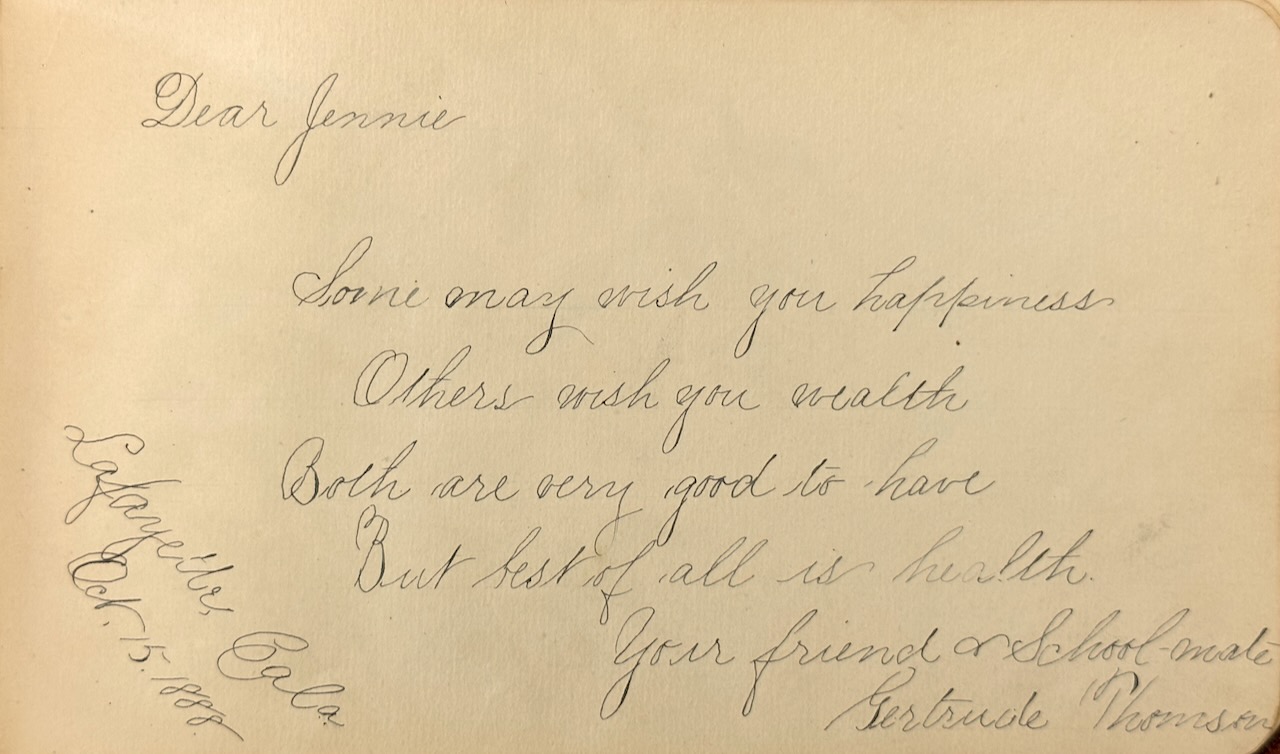
Autograph books were the rage in 1888 when Gertrude Thomson wrote her thoughts in a message to Jennie Bickerstaff. Miss Thomson, the daughter of Robert Thomson, was born in Lafayette in 1873. She became the wife of Robert Elam McNeil, who took over the Shreve store in 1903.
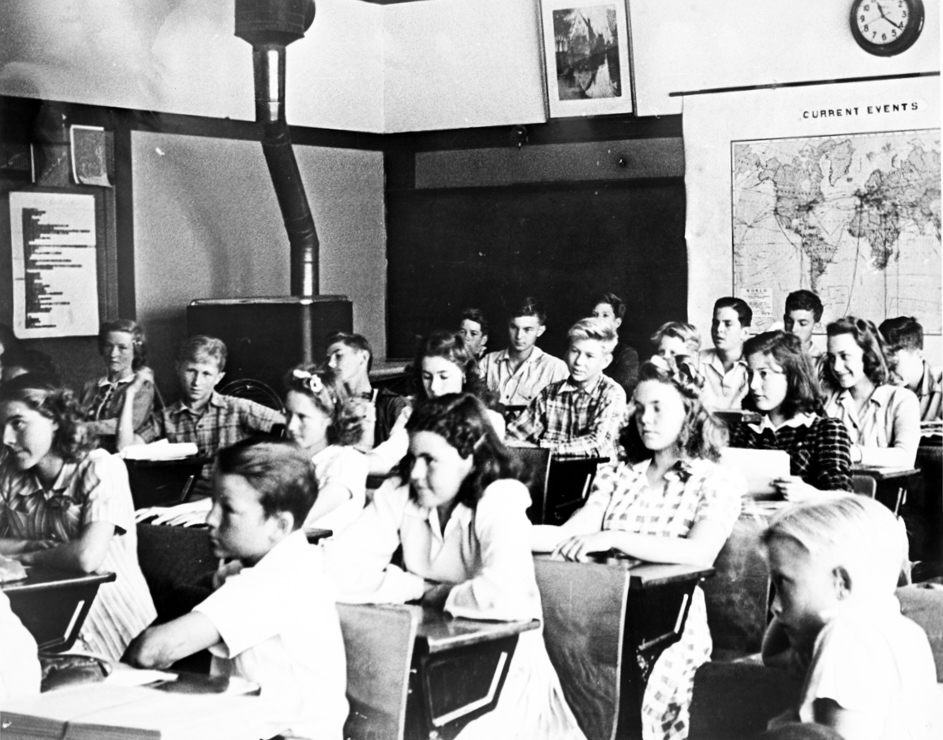
The Lafayette Elementary School, still in use on Moraga Road at School Street, was heated by oil burning stoves as late as 1941. The building, the fourth school, was erected in 1927. The two and a half acres purchased for the school site cost the taxpayers just $900 an acre. The structure was remodeled in 1974 to meet state earthquake safety laws.
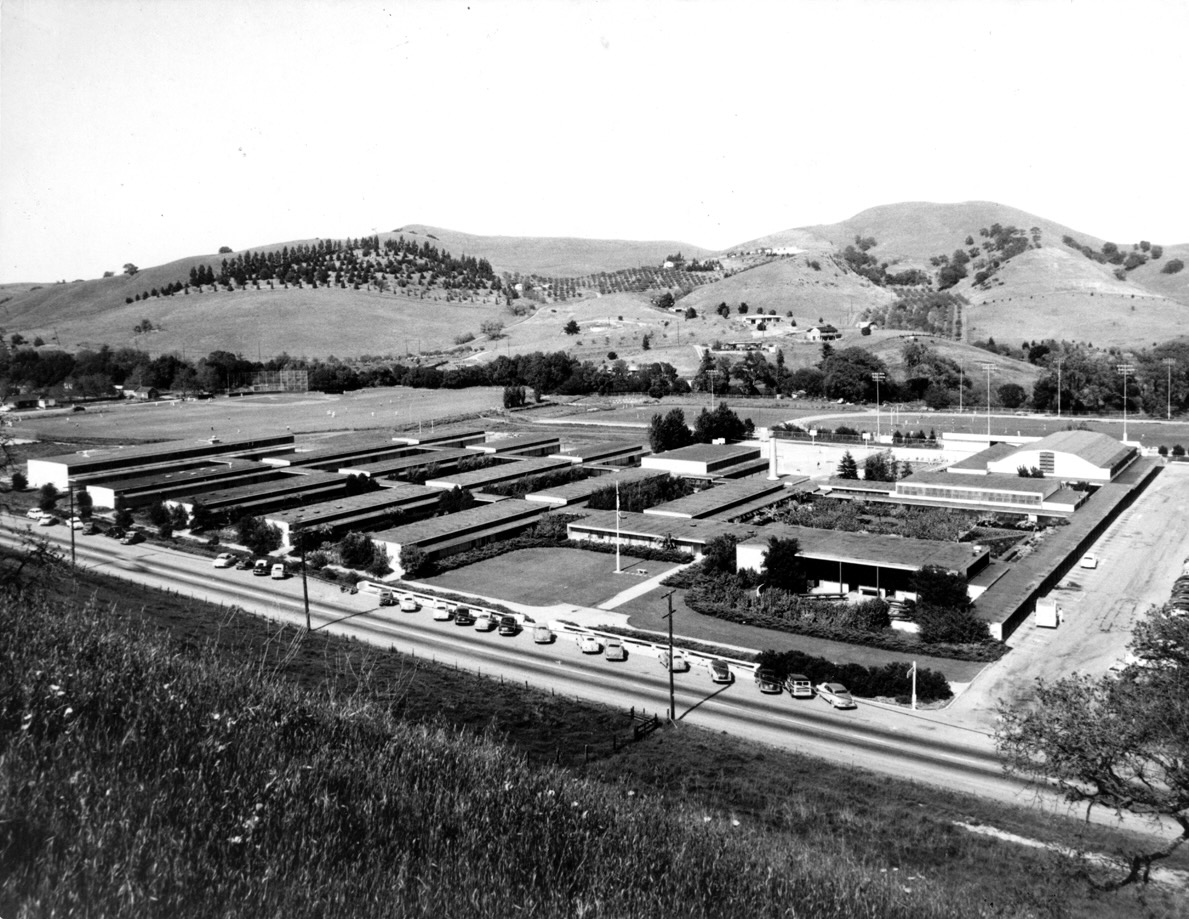
In 1938 local voters approved a measure to establish the Acalanes High School District. The first school, Acalanes, was built in 1940 on Pleasant Hill Road at Stanley Boulevard and opened with 300 students. Previous to the school’s establishment, the closest high school was Mt. Diablo in Concord, reached by many local students via the Sacramento Northern Railroad.

